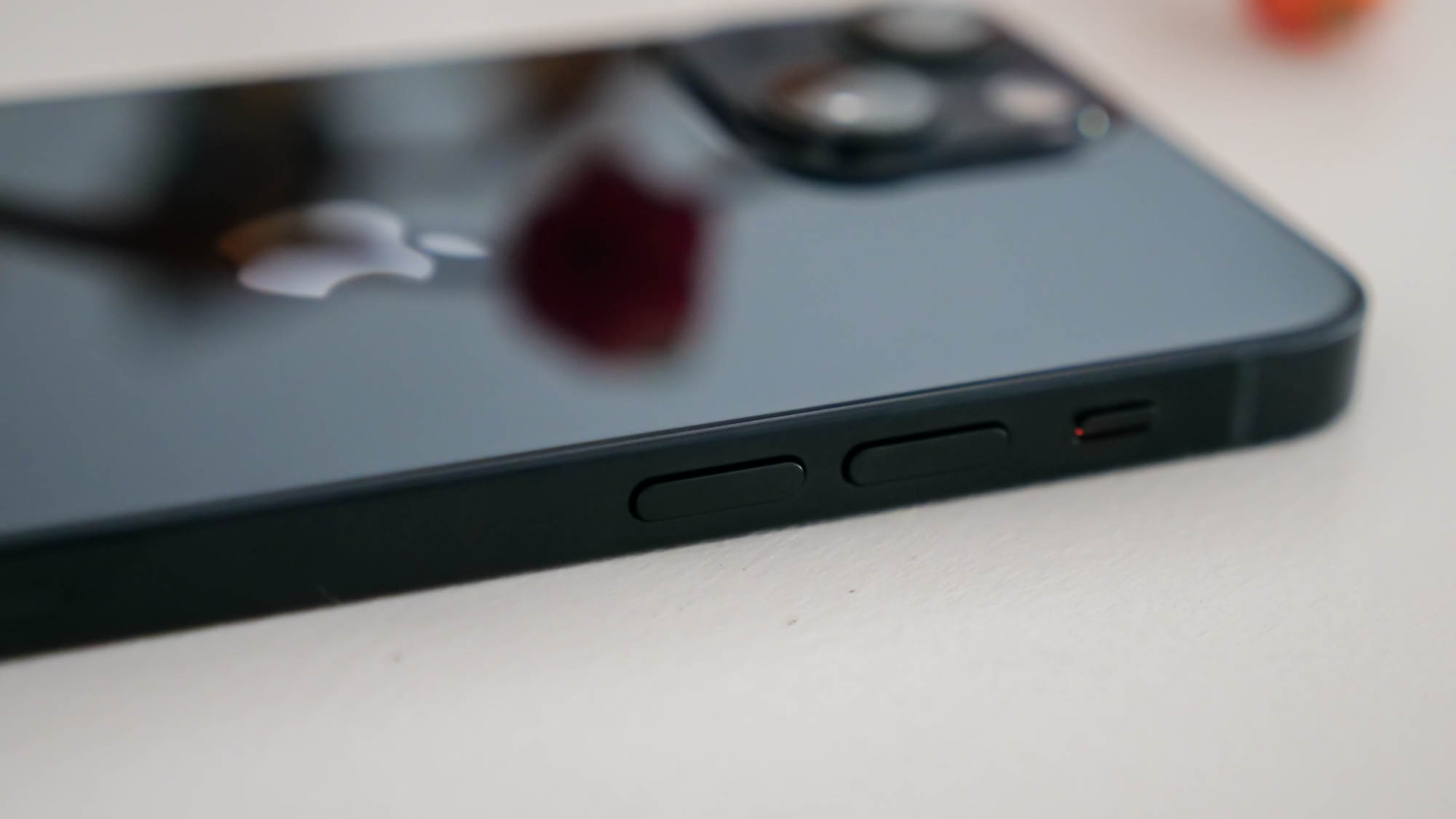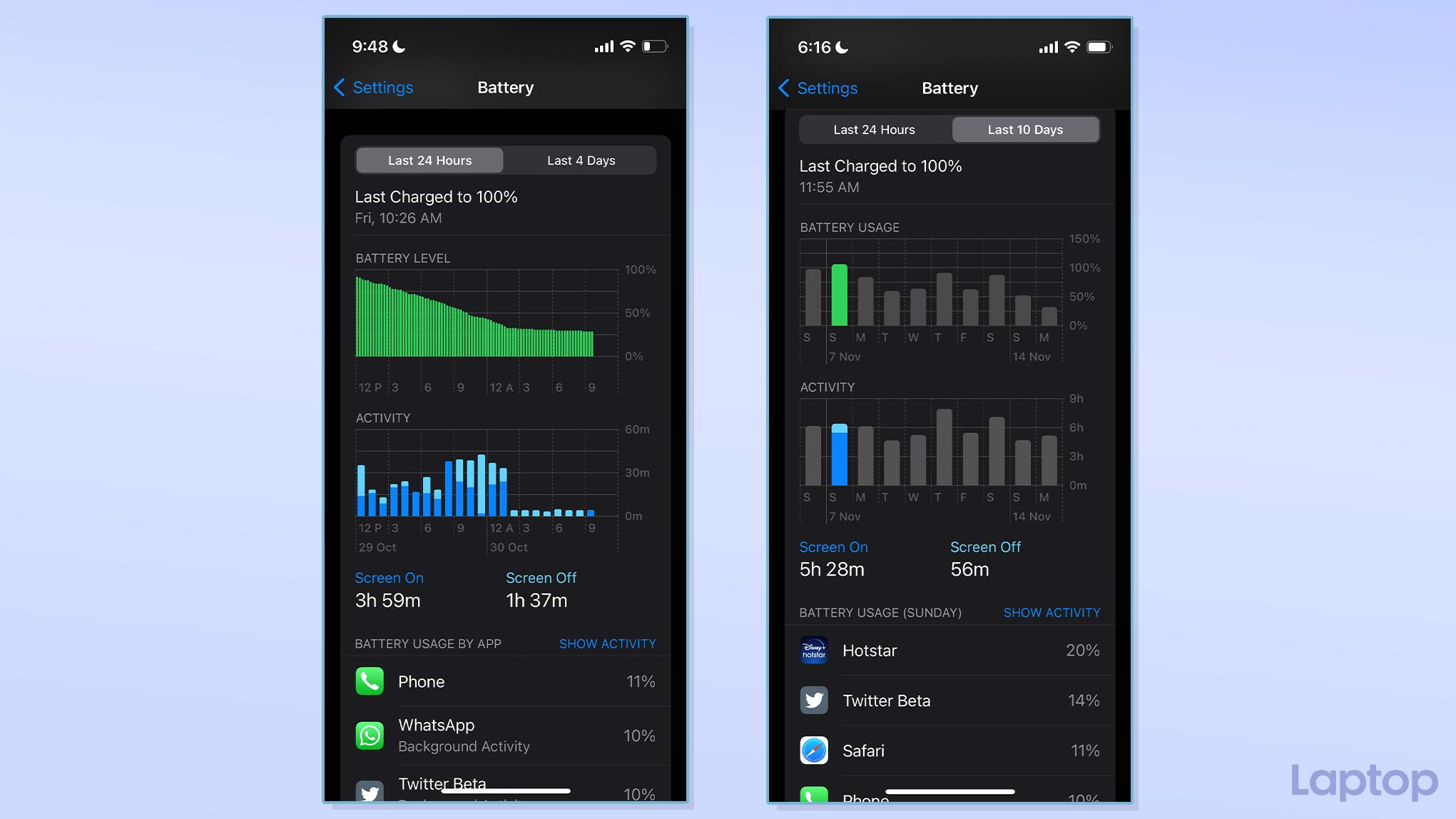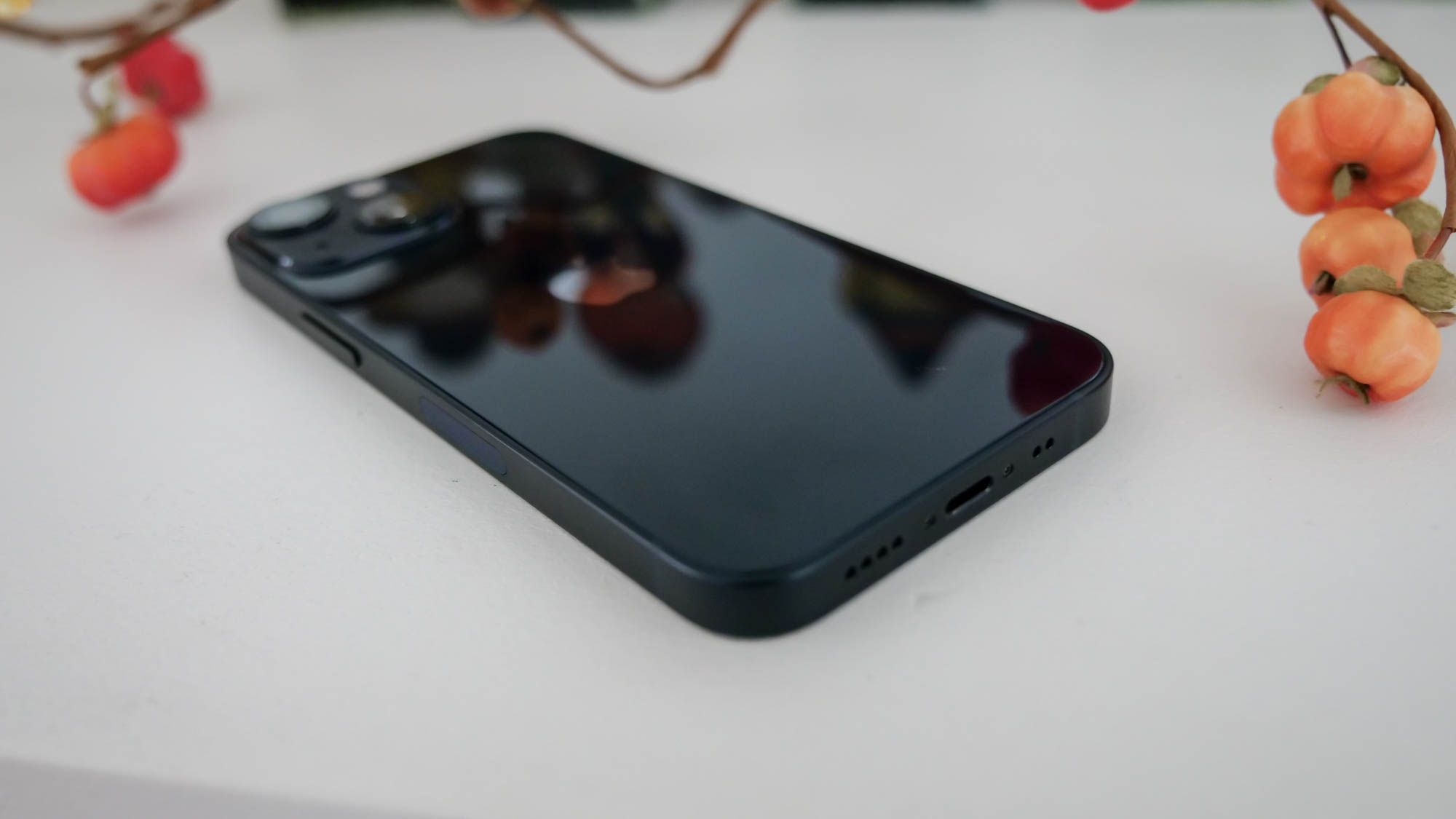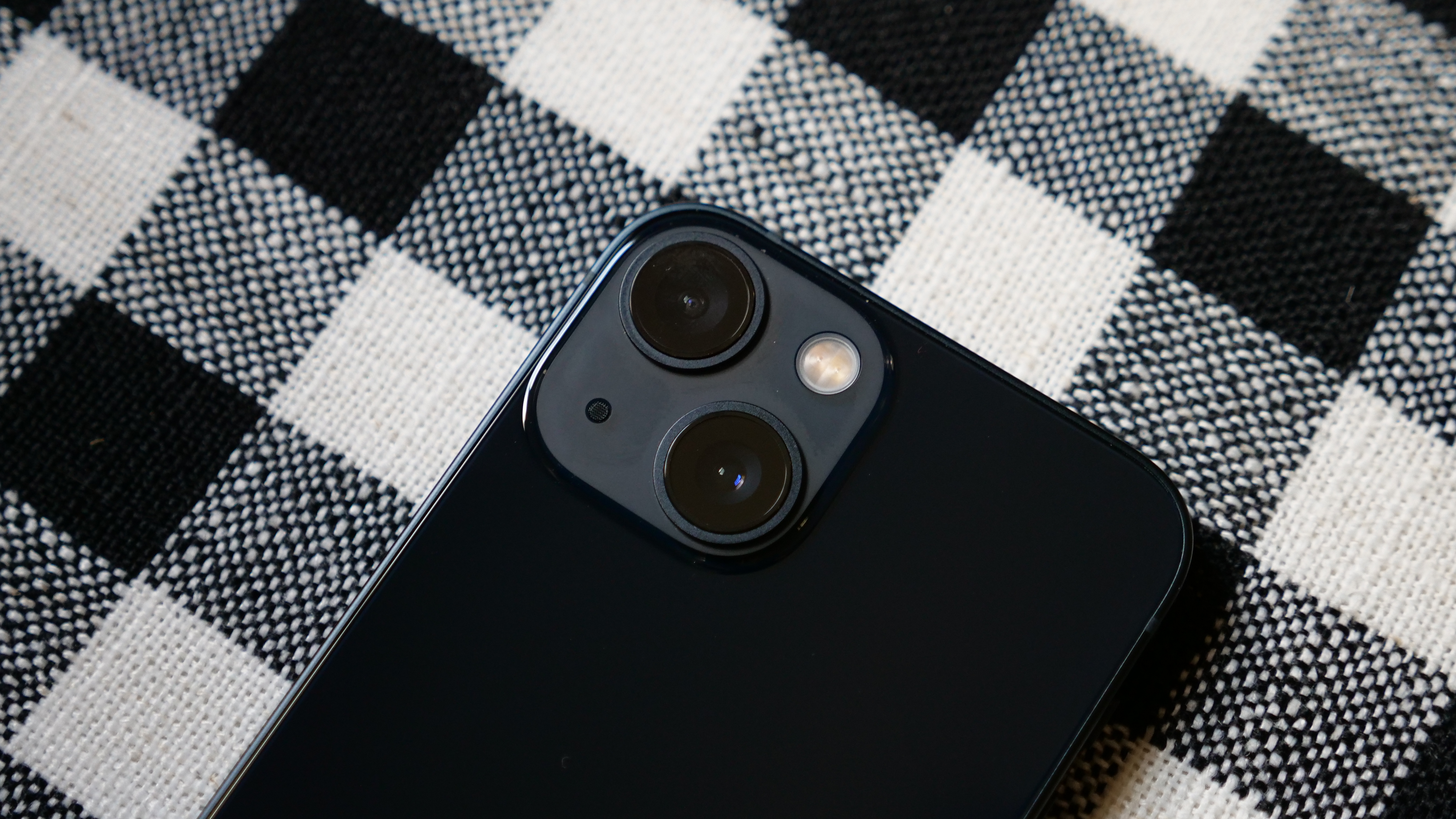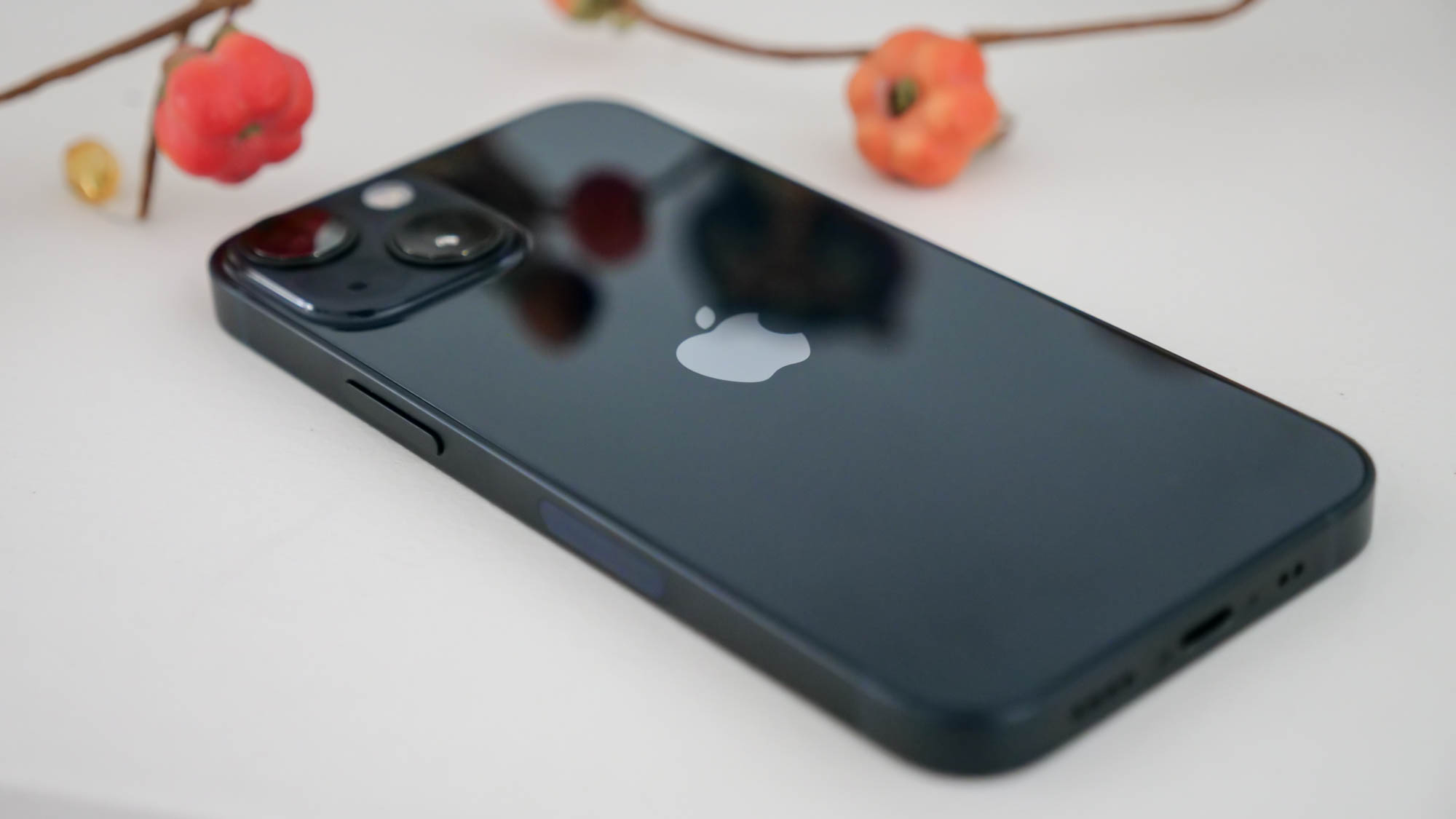iPhone 13 mini long-term review: The mini gets mightier
The iPhone 13 mini offers a host of improvements over its predecessor. How big of a difference do they actually make?
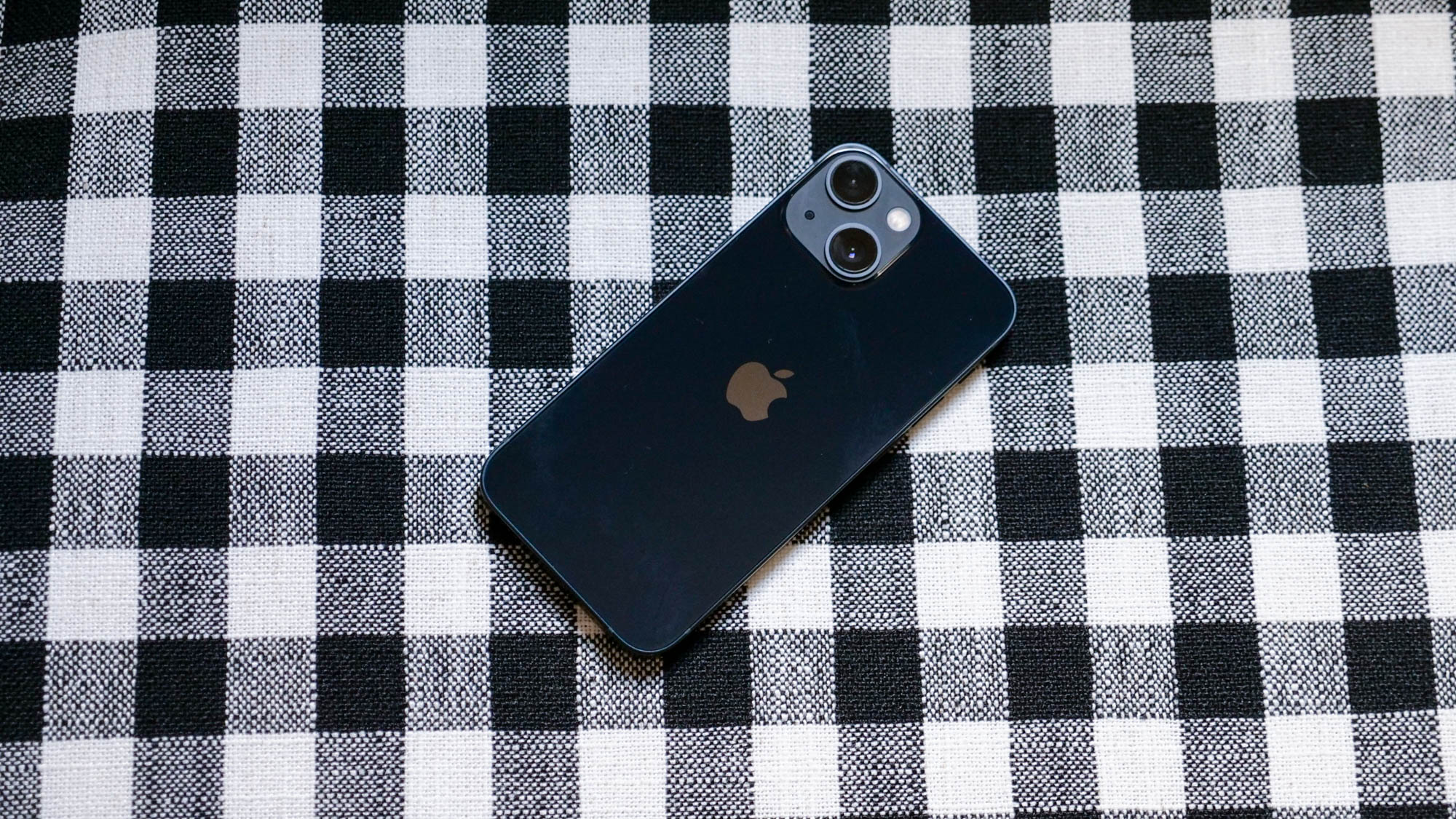
The iPhone 13 mini could be the last of its kind from Apple, but it might remain the best mini phone out there for years. Apple nailed the formula for a small, no-compromise smartphone with the iPhone 12 mini except for battery life. The new iPhone 13 mini -- equipped with a larger battery -- perfects that formula and fixes pretty much all of what ailed its predecessor.
In that same handy form factor, the iPhone 13 mini lasts longer and offers bigger cameras, a brighter screen, and a much faster chip. It’s also a better value than the iPhone 12 mini. At the same $700 ($730 if purchased unlocked) starting price, the 13 mini doubles the storage to 128GB.
- iPhone 13 mini review: The last best small phone
- iPhone 13 mini real-world battery life — How long does it really last?
- Pixel 6 vs. iPhone 13: Which phone is better?
What’s more important is that, despite these improvements, the iPhone 13 mini doesn’t compromise the mini experience. As an iPhone 12 mini owner, I feel right at home. It’s the same phone -- only more dependable. Apple reportedly squeezed so many upgrades in by shrinking down the Taptic Engine (the motor that delivers haptic vibrations) and rearranging the Face ID sensors, resulting in a slimmer notch
Is the iPhone 13 mini the ultimate small phone? After living with it for more than a month, here’s what we think of it.
iPhone 13 mini long-term review: Design and build
From the outside, it’s hard to tell the iPhone 13 mini apart from its predecessor. It inherits the familiar all-aluminum sleek design with flat edges. Look closer, however, and you’ll discover where Apple made room for upgrades. The camera bump protrudes ever so slightly more, and the iPhone mini no longer sits perfectly flat on a surface. The good news is that it barely wobbles when you’re using the bottom half of the display, which means you can comfortably type it when it’s lying on, say, your desk. Plus, the notch is 20% slimmer so you get a bit more screen without having to deal with a bigger phone.
The iPhone 13 mini looks as premium as ever, but I do wonder if Apple could have made a few ergonomic tweaks. The glass back, for instance, remains a fingerprint magnet, and the glossy finish doesn’t inspire grip confidence forcing me to put it in a case. In addition, although the phone is only seven grams (0.25 ounces) heavier, the camera bump’s extra depth has made its weight a hair off-center. The iPhone 12 mini’s mass, is more evenly distributed and, therefore, feels lighter in real-world use.
I’m glad, though, that Apple hasn’t gone for any radical design updates because the boxy exterior works well for a smaller phone. The flat edges, for instance, offer your fingers an ideal place to rest, and the fact that the screen doesn’t stretch to the corners ensures there are no accidental touches.
Sign up to receive The Snapshot, a free special dispatch from Laptop Mag, in your inbox.
iPhone 13 mini long-term review: Display
Speaking of the screen, it’s pretty much the same 5.4-inch OLED panel. It’s sharp, vivid, and supports all the bells and whistles, such as HDR and True Tone. The only change this year is that the display is about 30% brighter. In day-to-day use, this bump-up isn’t apparent. However, it is noticeably easier to read text on the 13 mini in direct sunlight.
Like the iPhone 12 series, the 13 mini has a protective ceramic layer over the display, and I can attest to its efficacy. Even after two five-feet drops, my iPhone 13 mini has zero scuffs or scratches.
The only complaint I have with the iPhone 13 mini’s display is that, in spite of the premium price tag, it’s still stuck at 60Hz, unlike its Pro siblings. Other phones in its price range, such as Google’s $599 Pixel 6, already offer much smoother 90Hz screens.
iPhone 13 mini long-term review: Performance and hardware
Of course, as an iterative successor, most of the iPhone 13 mini’s most significant upgrades are on the inside, and that starts with the new A15 Bionic chip. The memory’s the same at 4GB, and the base storage is now 128GB. It also now goes up to 512GB instead of the 12 mini’s 256GB.
Apple says the updated 6-core CPU is “up to 50% faster than the competition,” and the 4-core GPU is “30% quicker at handling visuals and lighting effects in graphic-intensive games.” This was one of the rare times when Apple didn’t compare to last year’s chip, and for a good reason.
Despite its pocket-friendly size, the iPhone 12 mini was no slouch in performance, and the iPhone 13 mini only has a marginal leg up on it, at least in real-world usage. On benchmarks like Antutu, the A15 scored nearly 30% more points than the A14. In actual use, I was not able to tell the difference.
For playing games or multitasking between resource-intensive apps, including 4K video editing, the iPhone 13 mini just flies, and I found it impossible to slow it down or force a stutter. The camera shutters are quick as well, and not once did I lose a shot due to any lag.
iPhone 13 mini long-term review: Battery life
The other part of the A15 Bionic’s strength lies in its efficiency. The new chip is better at managing power and figuring out which tasks need it the most and which can be suspended for greater endurance. This shows in the iPhone 13 mini’s battery stats. Watching a 35-minute episode on the Apple TV+ app with wireless headphones connected, for example, only dropped the battery level by 4%.
The iPhone 13 mini’s battery is only 10% larger(2,438mAh vs. 2,227mAh), but it lasts hours longer on a single charge than the iPhone 12 mini. While my iPhone 12 mini struggles to even last until the evening, the iPhone 13 mini consistently had 20-30% juice left at the end of a day. It can also comfortably clock more than four and a half hours of screen on time with a workflow that includes social media, a little bit of gaming, video streaming, and calls. It’s not an astronomical upgrade, but it was enough for me to no longer carry a power bank in my pocket.
The iPhone 13 mini also charges quicker wirelessly via Apple’s MagSafe tech. It supports 15W charging as opposed to the iPhone 12 mini’s 12W. Wired charging, on the other hand, is the same, and since the battery size itself hasn’t increased much, Apple’s mini iPhone takes just about 90 minutes to top up completely.
You will still need to charge the iPhone 13 mini every night. The difference is that, unlike its predecessor, it won’t die before sundown if you push it more than usual in the middle of the day.
iPhone 13 mini long-term review: Cameras
The iPhone 13 mini also houses a range of little improvements that add polish to Apple’s smallest phone’s already well-equipped shooters.
For starters, the primary 12-megapixel camera on the back has a larger sensor, allowing it to capture nearly 47 percent more light. The secondary 12-megapixel ultra-wide lens can produce sharper results in dimly lit scenarios too without adding much extra noise. Another pro feature the iPhone 13 mini borrows is sensor-shift optical stabilization. It enables the cameras to adjust more accurately to shakes and jitters and prevent blurs.



In the daytime, the iPhone 13 mini’s shots don’t look much different than the iPhone 12 mini, and that’s not a bad thing. Pictures and videos from the iPhone 13 mini are crisp, feature vivid colors, and are well exposed. Apple’s HDR technology has also come a long way, and though it’s still no match for Google’s phones, it’s capable enough to handle any sharp light falling into the sensor. This means that the iPhone 13 mini can maintain a rich balance of shadows and highlights in bright environments, and you won’t end up with a picture where the subject is entirely dark, and the background is overly lit.

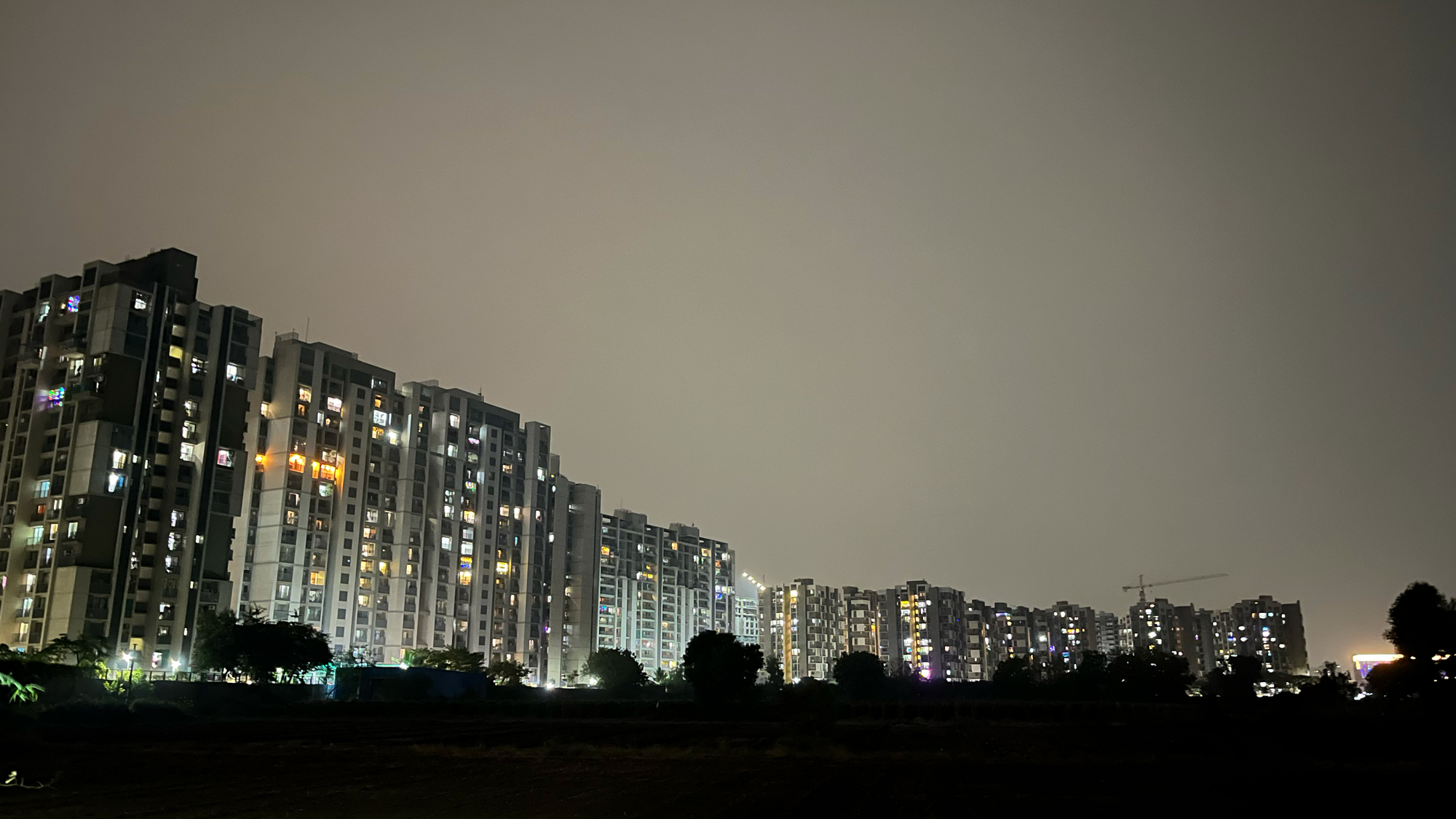
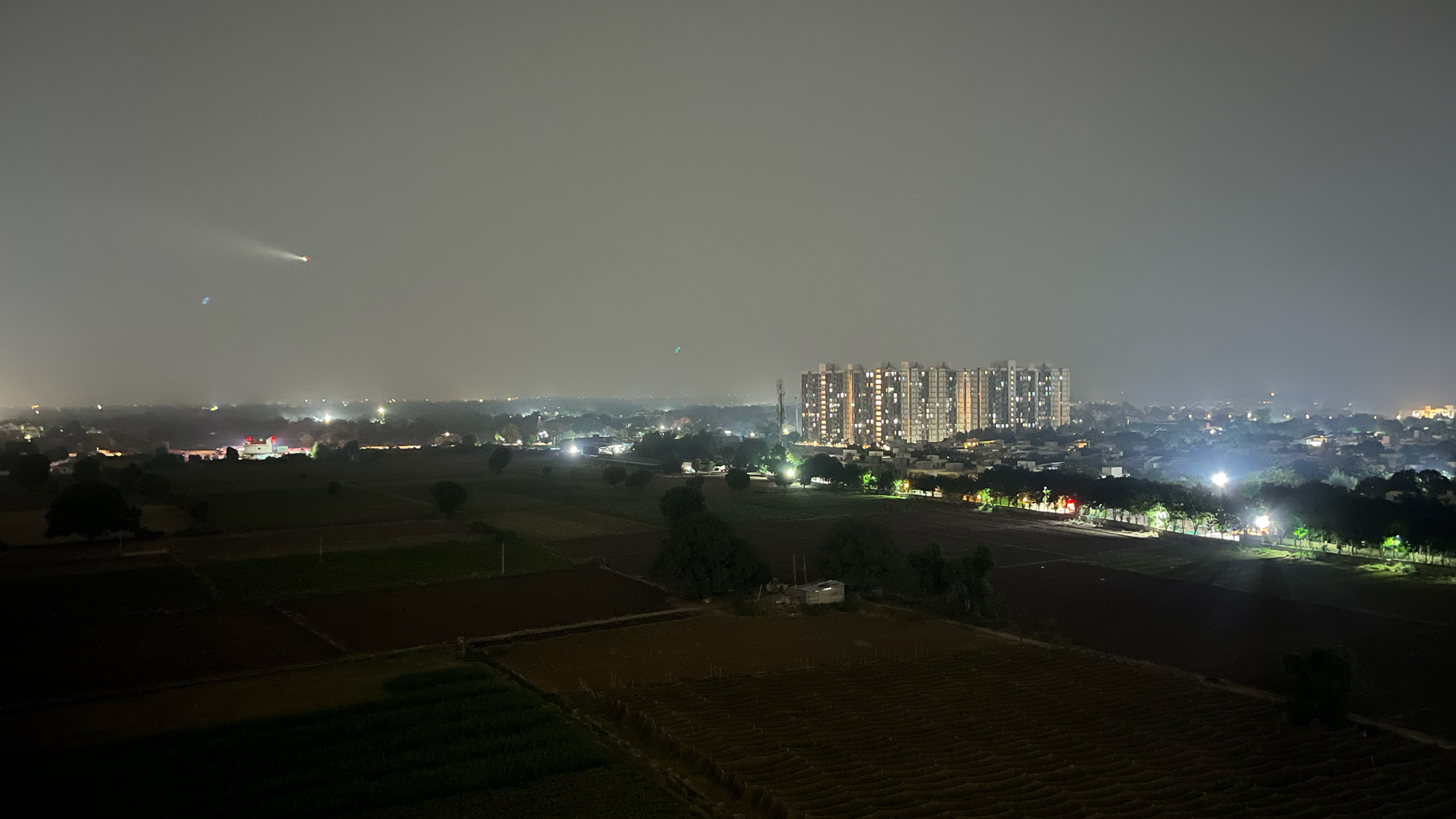
Even at night or in areas with artificial lighting, there’s not much separating results from the iPhone 12 mini and iPhone 13 mini. When I zoomed into shots on a big screen from both phones, the only major difference I could pinpoint was that the iPhone 13 mini is better at figuring out the white balance and colors at night. This is likely thanks to the larger sensor and improved stabilization.
Since the iPhone 13 mini can capture more light to work with and its extra hardware keeps things steady, it essentially has more time to calculate the various properties of the scene. The iPhone 12 mini, in comparison, is mainly busy making sure the picture has enough exposure. These differences, though, are only clearly visible in the most challenging settings.
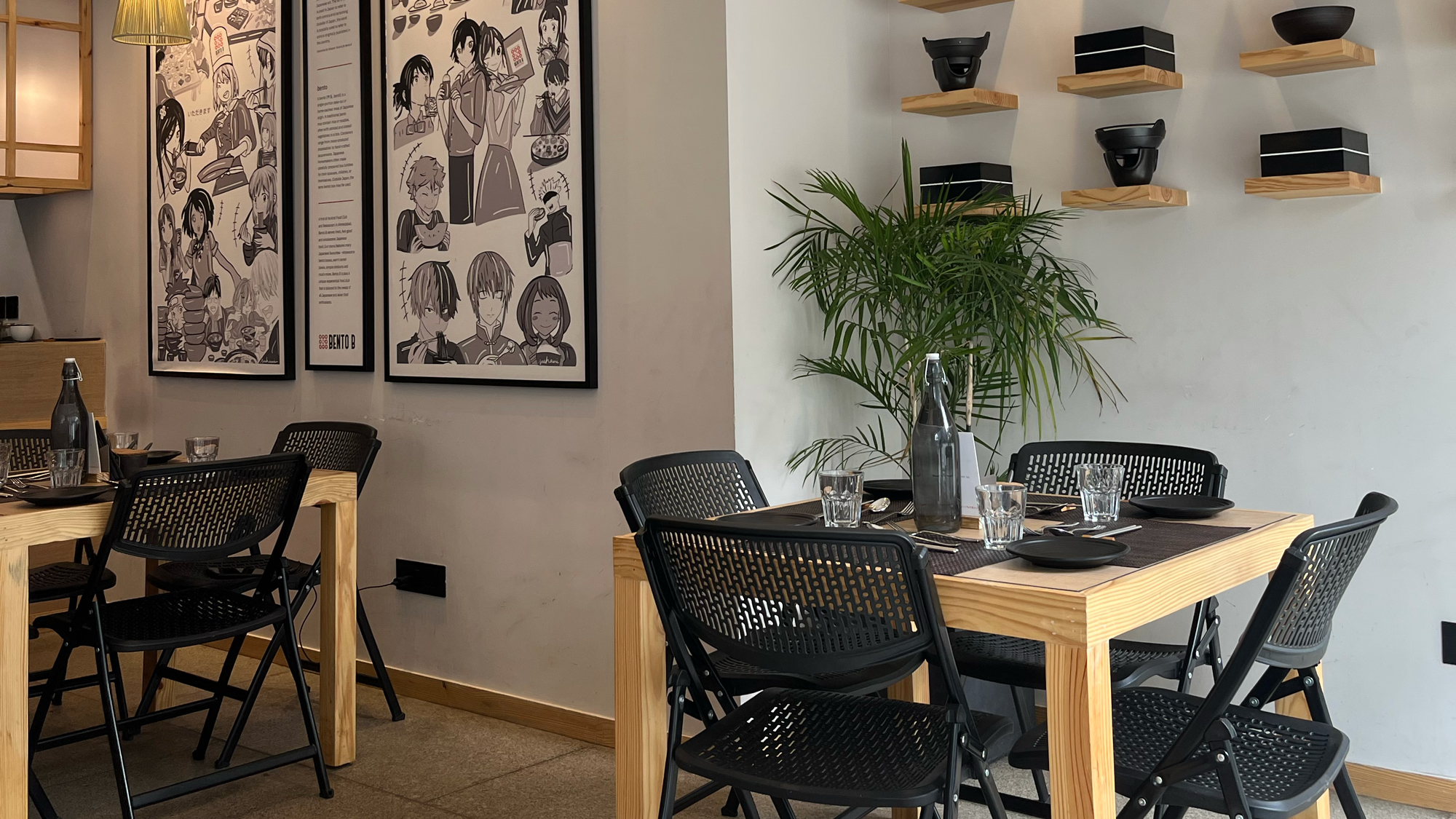


In the usual nighttime scenarios, such as a poorly lit restaurant, the iPhone 13 mini doesn’t feature any noticeable improvements. That being said, it still captures excellent pictures at night. They’re decently bright, have plenty of detail, and come out without any noise or blur more often than not.
However, what was more fun and valuable was the iPhone 13 mini’s new camera software tricks. With the Cinematic mode, you can record Portrait-esque videos, where you can shift the focus and bokeh on various subjects. Another called Photographic Styles, is truly a game-changer for me. It lets you edit the default look of the photos from the camera app. Since I’ve spent years with a Google Pixel, I switched to the Rich Contrast photographic style, which automatically pumps up the shadows in the viewfinder and all your shots.
iPhone 13 mini long-term review: Complaints
There’s little to complain about with the iPhone 13 mini, but I did come across a handful of crucial aspects Apple overlooked. Face ID is one of those, and it’s still not as fast as a physical fingerprint sensor, especially with masks. The iPad Pro’s side-mounted fingerprint reader, I believe, could fit in the iPhone mini’s case and potentially also allow Apple to achieve a higher screen-to-body ratio.
What’s more, although the iPhone 13 mini doesn’t heat up a lot during regular usage, it becomes uncomfortably warm while charging via MagSafe. This could have an adverse effect on the battery’s longevity and health.
iPhone 13 mini long-term review: Conclusion
The iPhone 13 mini is the small phone of people’s dreams, and you no longer have to compromise on battery life to live with it. Apple managed to cram in a laundry list of incremental upgrades, and together, they perfect a smartphone that was already hard to fault.
Rumors suggest Apple may kill the mini iPhone next year. So if you’ve been waiting to get one, the iPhone 13 mini is the way to go since its faster processor will also ensure it receives major annual updates at least for a year longer than its predecessor.
Shubham Agarwal is a freelance technology journalist from Ahmedabad, India. His work has previously appeared in Business Insider, Fast Company, HuffPost, and more. You can reach out to him on Twitter.
